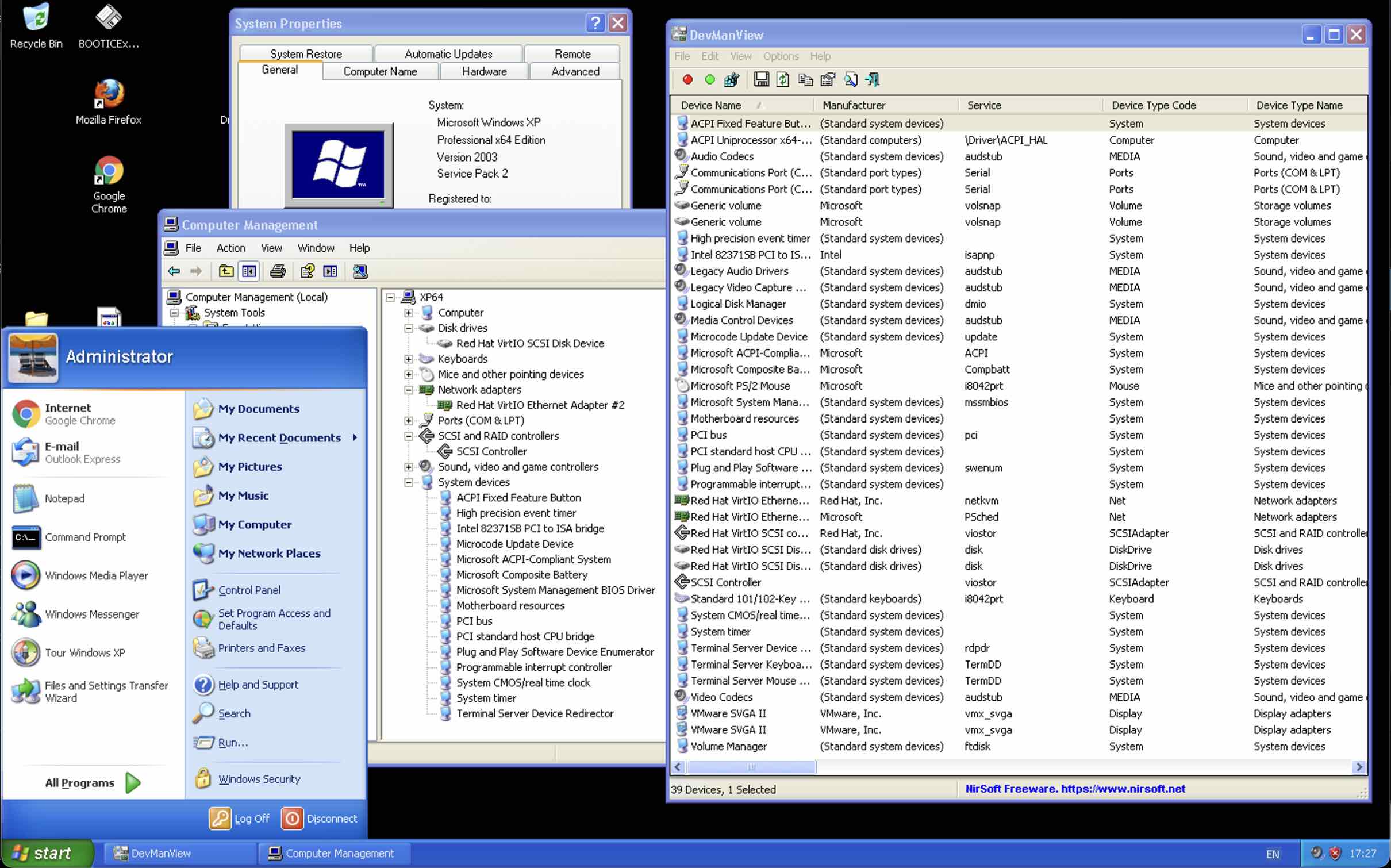#UEFI
Topics tagged with UEFI
-
Vista/W2k8 x64 on Modern Hardware
- 15 comments
- 14,616 views
-
Windows XP x64 SP2 UEFI VirtIO running as bhyve VM
 Bosko ·
Bosko ·- 1 comment
- 2,042 views
-
Windows 7 x64 on modern hardware (with and without UEFI)
Moline ·
- 4 comments
- 4,879 views
-
Thanks and quick question.
HHawk ·
- 2 comments
- 1,994 views


